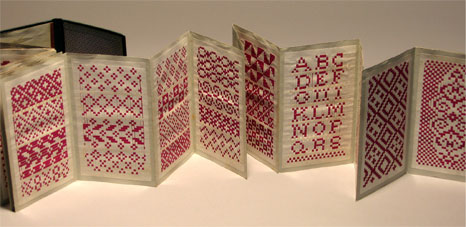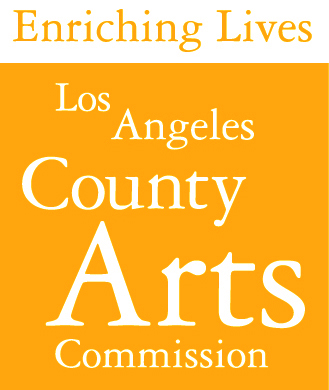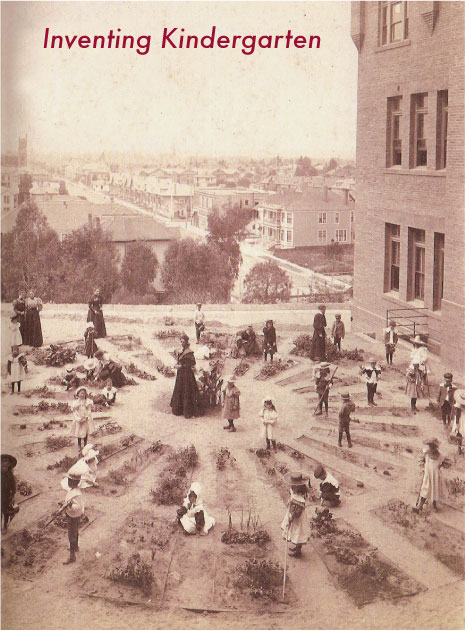 |
|
|||
|
Inventing Kindergarten - Introduction
|
INVENTING KINDERGARTEN an online exhibit to compliment |
|||
|
|
||||
| Unidentified Los Angeles Kindergarten circa 1900. | ||||
Most of us today experienced kindergarten as a loose assortment of playful activities – a kind of preparatory ground for school proper. But in its original incarnation kindergarten was a formalized system that drew its inspiration from the science of crystallography. During its early years in the nineteenth century, kindergarten was based around a system of abstract exercises that aimed to instill in young children an understanding of the mathematically generated logic underlying the ebb and flow of creation. This revolutionary system was developed by the German scientist Friedrich Froebel whose vision of childhood education changed the course of our culture laying the grounds for modernist art, architecture and design. Le Corbusier, Frank Lloyd Wright and Buckminster Fuller are all documented attendees of kindergarten. Other “form-givers” of the modern era – including Piet Mondrian, Wassily Kandinsky and Georges Braque – were educated in an environment permeated with Frobelian influence. |
||||
 |
||||
Astonishingly intricate paper weaving workbook by Ms. F. Wegerich, Germany, c. 1880. Very fine strips of paper woven into complex patterns- 19th century predecessors to the digital revolution. |
||||
| [next] | ||||
| © 2003–2018 The Institute For Figuring | ||||

